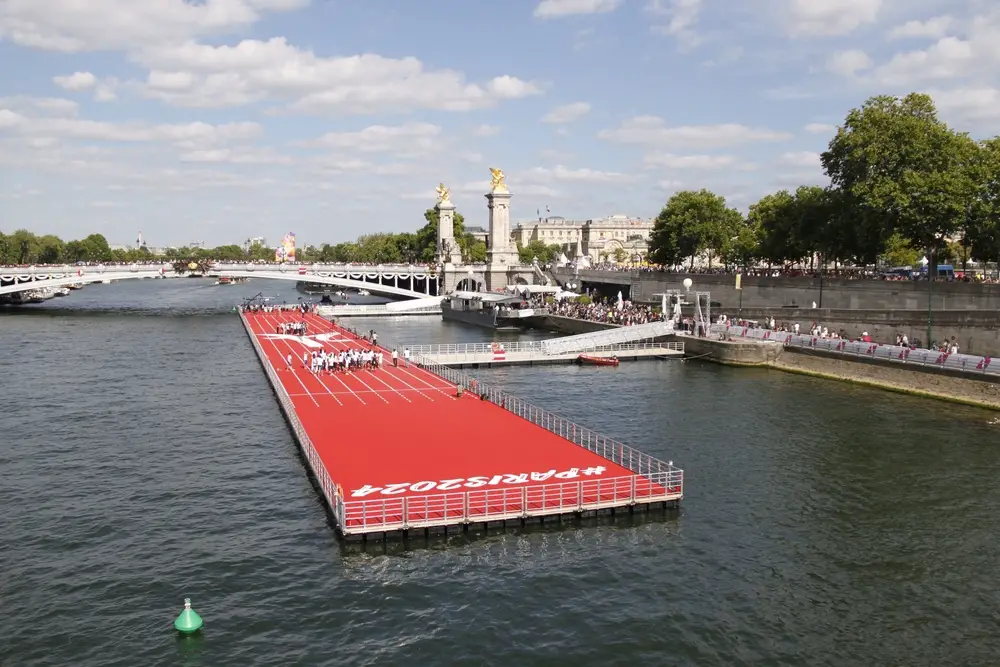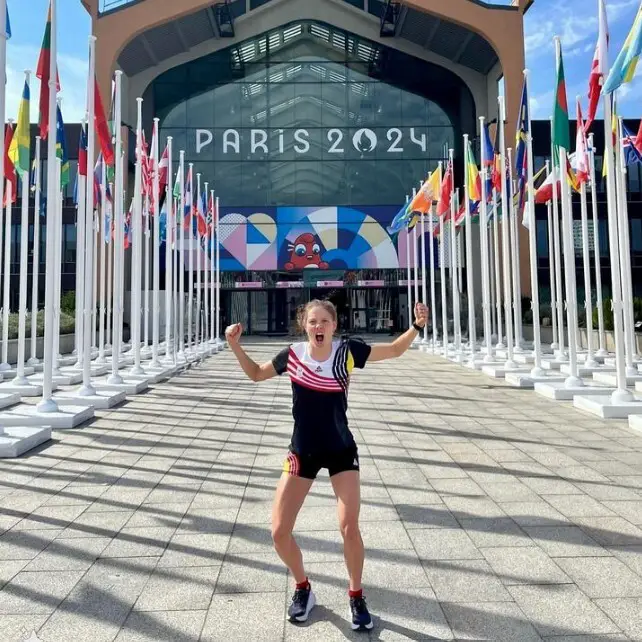Belgian triathlete Jolien Vermeylen has shared her unsettling experience swimming in the River Seine during the Paris 2024 Olympics. Despite France’s £1.18 billion cleanup efforts, Vermeylen described the river’s water as far from clean, noting that it “doesn’t taste like Coca-Cola or Sprite.” She recounted feeling and seeing disturbing things while swimming under a bridge, criticizing the claims that athlete safety was a priority. This incident follows the postponement of the men’s triathlon due to health concerns and Canadian triathlete Tyler Mislawchuk vomiting after the race, highlighting ongoing issues with the Seine’s water quality.
Vermeylen’s comments underscore the persistent pollution problems of the Seine, which has been notoriously dirty for over a century. Despite improvements, recent heavy rains worsened the water quality, leading to health concerns for athletes. The World Triathlon organization stated that meteorological events, like the recent downpours, had compromised the river’s cleanliness. Vermeylen’s firsthand account emphasizes that, despite official statements, the river remains problematic for competitors.

The continued use of the Seine for Olympic events despite known pollution issues has sparked significant debate. Vermeylen’s experience, combined with the vomiting incident involving Mislawchuk, suggests that the water quality remains a serious concern. The high costs of attempting to clean the Seine and the adverse weather affecting these efforts highlight the broader environmental challenges faced by urban waterways. The situation at the Paris Olympics serves as a case study in balancing large-scale event planning with environmental realities.
The debate around using the Seine for Olympic events raises concerns about environmental safety and the prioritization of athletes’ health. Vermeylen’s comments and Mislawchuk’s reaction have brought attention to the issue, prompting discussions on whether athlete health was sufficiently prioritized. The public and athletes’ reactions to the conditions of the Seine underscore a growing awareness and demand for better environmental practices in sporting events.
Vermeylen’s candid remarks reflect a sentiment that athlete health should be paramount. Her experience highlights the ongoing struggle to ensure safe conditions for competitors in the face of environmental challenges. The discussions sparked by these incidents may lead to future improvements in how large-scale events address and manage environmental concerns, ensuring that the health and safety of athletes are always at the forefront.




